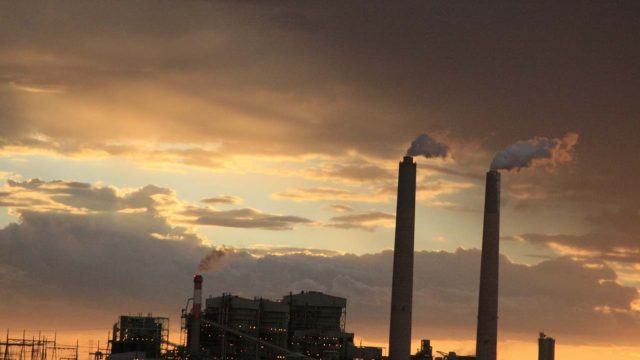Jason Bohrer: Understand The Impact Of EPA's Of New Coal Power Regulations

On the cusp of the U.S. Environmental Protection Agency’s announcement of proposed greenhouse gas regulations for existing coal-based power plants, North Dakotans should understand how the EPA’s actions could affect their lives and pocketbooks.
Demand for electrical power in North Dakota is expected to increase by 208 percent over the next 20 years. With an 800-year supply of economically recoverable lignite reserves, the industry should be well-positioned to meet that demand and continue driving economic growth with low-cost, reliable power.
Through numerous proposed regulations, the EPA is already trying to prevent regional utilities from building new conventional generation to meet increased demand. Depending upon the final rules from the EPA for existing power plants, utilities might be forced to close down the state’s eight coal-based power plants that have employed thousands of North Dakotans and paid hundreds of millions of dollars to the state over the past 40 years. But this pales in comparison to the financial losses to consumers and businesses that would result from the loss of affordable, reliable power.
Our lignite coal reserves provide approximately 80 percent of the power within North Dakota as well as two million people throughout the Upper Midwest. Any regulations that would require unfeasible retrofits to continue operation of existing plants would greatly impact power reliability and our economy. Unreasonable regulations could lead to layoffs, higher unemployment, increased costs to consumers and depressed economic activity.
Representatives of the regional lignite industry have attempted to communicate this message to the EPA on numerous occasions, and will meet again this summer in Washington, D.C. It is our objective to ensure the EPA doesn’t punish North Dakota utilities and ratepayers for their $2 billion investment made to improve the efficiency of their coal-based power plants and reduce emissions. As a result of those efforts, we are one of only seven states that meet all federal clean air criteria.
During this year’s “Polar Vortex,” 89 percent of the coal capacity that is slated for retirement by a major power provider in the upper Midwest was called upon to meet electricity demand. The U.S. Department of Energy predicts that 20 percent of the country’s coal-fired generation capacity could be on the chopping block. This begs the question — what will be there to keep the power on during the next cold snap or heat wave? The EPA’s proposed greenhouse gas rules present yet another threat to the ability of utilities to supply power during peak demands. Our objective is to ensure that we can continue to rely on our sustainable lignite resources and protect the significant investment made in North Dakota’s power infrastructure for years to come.




